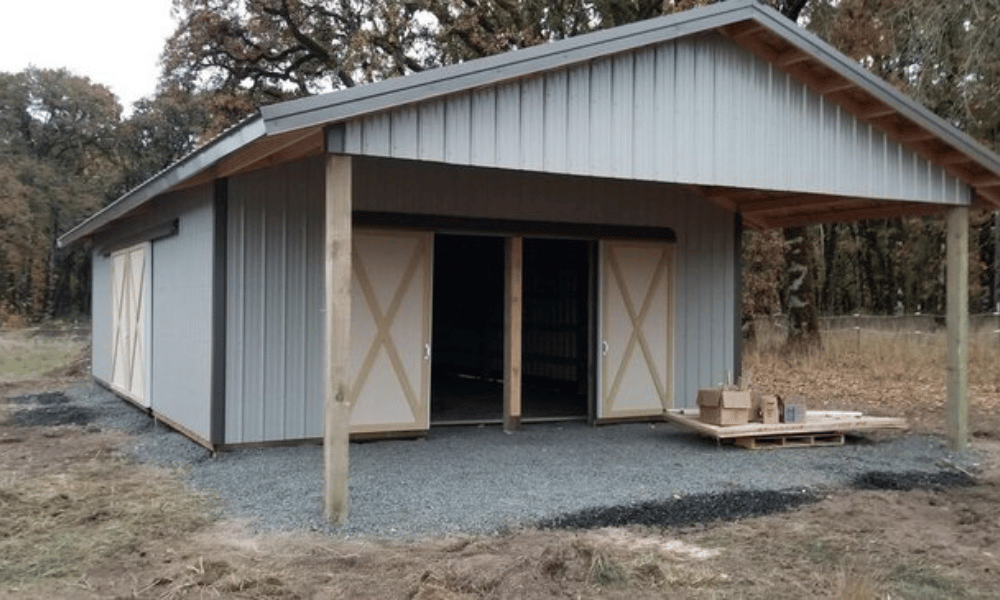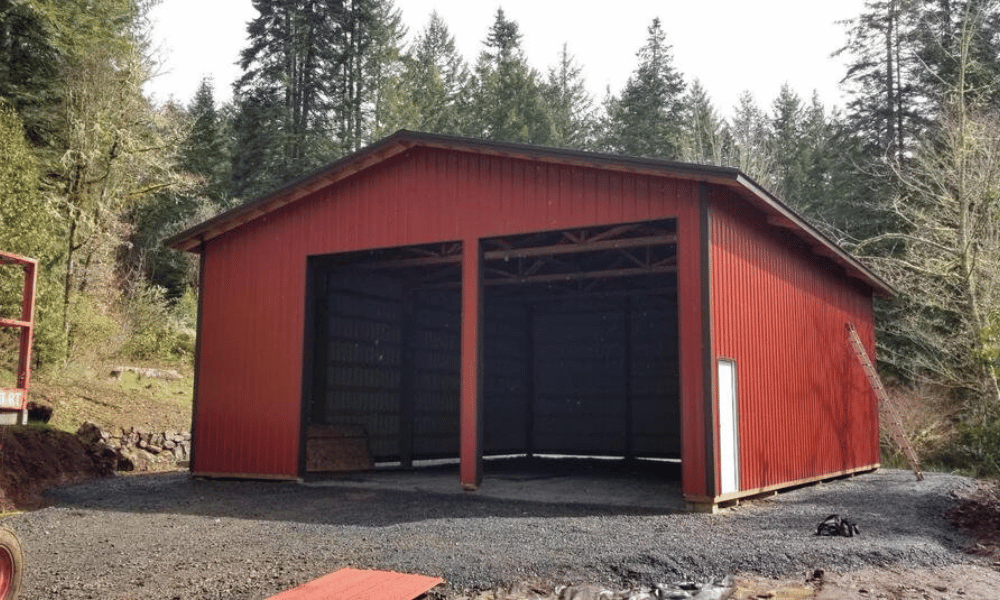Introduction
When it comes to creating an ideal workspace or storage area, the debate between pole buildings and traditional garages often comes into play. Each has its own set of advantages, disadvantages, and customization options that can make or break the functionality of your space. Whether you're looking to store vehicles, create a workshop, or even establish a hobby zone, understanding how to tailor your space effectively is essential. In this article, we’ll dive deep into the world of pole buildings and traditional garages to help you make an informed decision.
Tailoring Your Space: Customization in Pole Buildings vs Traditional Garages
Customization is the name of the game when it comes to designing either a pole building or a traditional garage. This flexibility allows you to create a space that suits your specific needs and preferences. But how do these two structures measure up against each other in terms of customization?
Pole Buildings offer extensive customization options due to their unique construction methods. Made from treated wood poles buried in the ground, these buildings provide significant design freedom. Want high ceilings for those towering RVs? No problem! Need large doors for easy access? You got it!
On the flip side, traditional garages are built with more rigid parameters—typically framed with wood studs and covered with siding or brick. While they can be customized too, they often come with limitations that can hinder your creativity.
The Basics of Pole Building Design
1. Structural Flexibility
Pole buildings are https://writeablog.net/degilcnbct/the-practicality-of-building-a-pole-barn-here-are-the-top-ten-benefits known for their open floor plans, allowing for versatile layouts without the constraints of load-bearing walls. This means you can easily adapt the interior space according to your changing needs.
2. Height Options
One major advantage of pole buildings is their height flexibility. You can opt for taller designs that accommodate larger vehicles or equipment, making it an ideal choice for agricultural use.
3. Versatile Materials
With pole buildings, there’s a wide variety of materials available for siding and roofing—metal panels, wood siding, and even vinyl wraps! This gives homeowners a chance to match their building aesthetics with existing structures.

Traditional Garage Customization
1. Standardized Dimensions
Traditional garages usually come in standardized sizes which limit customization opportunities upfront. However, homeowners can still personalize interiors with shelving units and workbenches.
2. Design Styles
From classic brick facades to modern sleek designs, traditional garages allow for various architectural styles that can enhance curb appeal.
3. Insulation Choices
When it comes to insulation options in traditional garages, homeowners have choices like fiberglass batts or spray foam—adding value if you plan on using the garage year-round.
Cost Considerations in Customizing Your Space
Pole Buildings: Investment Worth Making?
While constructing a pole building may seem more expensive initially due to land preparation and material costs, consider this: they often require less foundation work than traditional structures. Additionally, because they are made from durable materials designed to withstand harsh weather conditions, maintenance costs may be lower over time.
Budgeting for Traditional Garages
A traditional garage typically has lower upfront costs but might not offer as much long-term value due to potential repairs associated with framing and siding materials over time.
| Feature | Pole Buildings | Traditional Garages | |-----------------------------|----------------------|------------------------| | Initial Cost | Higher | Lower | | Long-Term Maintenance Cost | Lower | Higher | | Flexibility in Design | High | Moderate |
Functional Uses: What Will You Store?
Utilitarian Spaces in Pole Buildings
Whether it’s farm equipment or boats taking up valuable driveway space, pole buildings excel at accommodating larger items thanks to their customizable height and open layout.
Versatility Within Traditional Garages
Traditionally used primarily for cars and tools, today’s garages serve multiple purposes—from gyms to workshops—though this versatility often depends on how well you’ve planned your interior setup.
Choosing Between Aesthetics and Functionality
Aesthetic Appeal of Pole Buildings
While functionality is key in any structure design plan; aesthetics should not take a back seat! With diverse exterior finishes available like wood paneling combined with metal roofs—pole buildings can easily become eye-catching additions on your property.
Beauty Meets Durability: Traditional Garage Designs
Brick-and-mortar designs lend themselves well to charming curb appeal—but remember functionality must also shine through! Consider visual elements such as windows designed into walls that don’t compromise structural integrity while enhancing beauty!
Environmental Factors: Climate Considerations
Pole Buildings Resilience Against Nature’s Wrath
Due to their robust construction methods using treated wood and metal roofing materials—pole buildings tend to hold up better against severe weather conditions including heavy snow loads or strong winds compared to traditional garage frames which could potentially warp over time if not maintained properly.
Protecting Your Investment: The Role Of Insulation In Garages
When choosing between types; think about climate control options within your garage! Proper insulation helps maintain temperature inside preventing expensive energy bills during extreme seasons!
FAQs About Customization in Pole Buildings vs Traditional Garages
Q1: Are pole buildings cheaper than traditional garages?
A1: Initially yes; however when factoring durability over time—the maintenance cost could offset initial savings on conventional structures!
Q2: Can I get financing for building either type?
A2: Absolutely! Many lenders offer loans tailored specifically toward construction projects—just ensure you have a solid plan before applying!
Q3: How long does it take to build each type?
A3: Generally speaking; pole buildings may take less time due to simplified construction methods compared with more complex framing involved in building conventional garages!
Q4: What permits are needed for both types?
A4: Local regulations vary widely so always check requirements beforehand; typically both will need zoning permits along with inspections throughout construction phases.
Q5: Can I DIY my project?
A5: Both options allow room for DIY enthusiasts though be mindful about local codes which might restrict certain modifications without professional assistance!
Q6: Is insurance different between these two structures?

Conclusion
In conclusion, whether you're leaning towards customizing a pole building or going down the path of a traditional garage largely depends on your personal needs and budget constraints. Both options come loaded with customization possibilities that reflect your taste while serving practical purposes too! By weighing factors such as cost-effectiveness over time alongside aesthetic appeal—you'll find yourself well-equipped when it comes time for making decisions regarding tailoring your space effectively!
Tailoring Your Space: Customization in Pole Buildings vs Traditional Garages presents itself as an exciting adventure filled with opportunities waiting just around every corner—so roll up those sleeves & let’s get started on crafting YOUR dream space today!